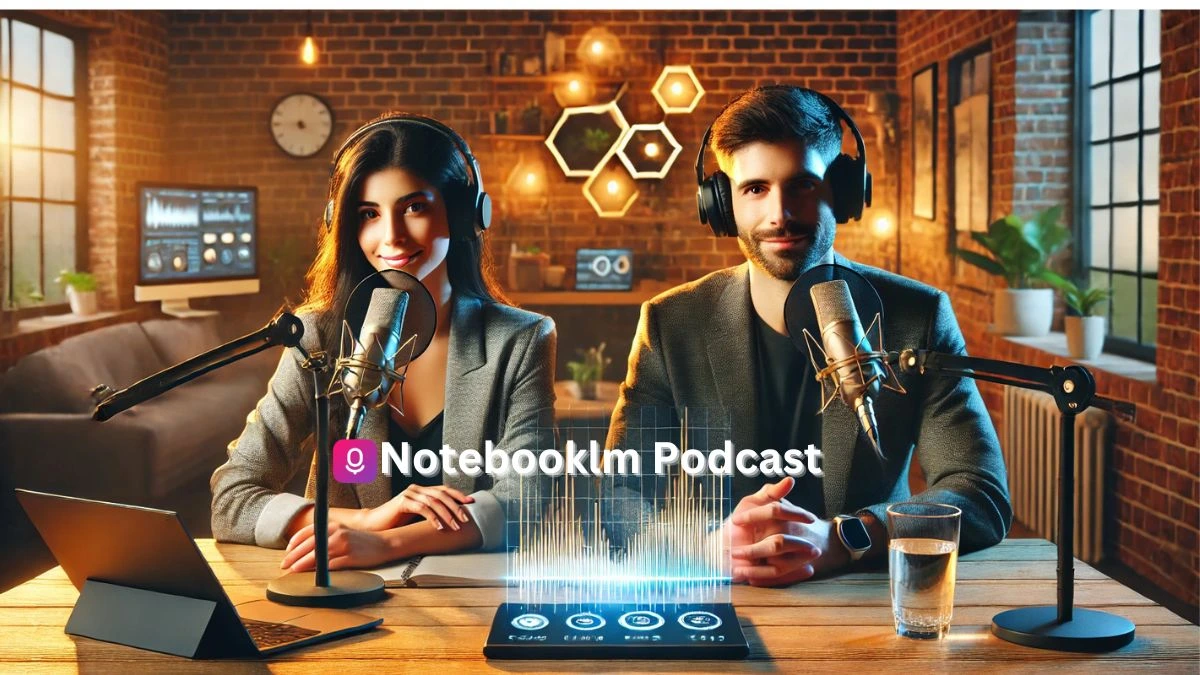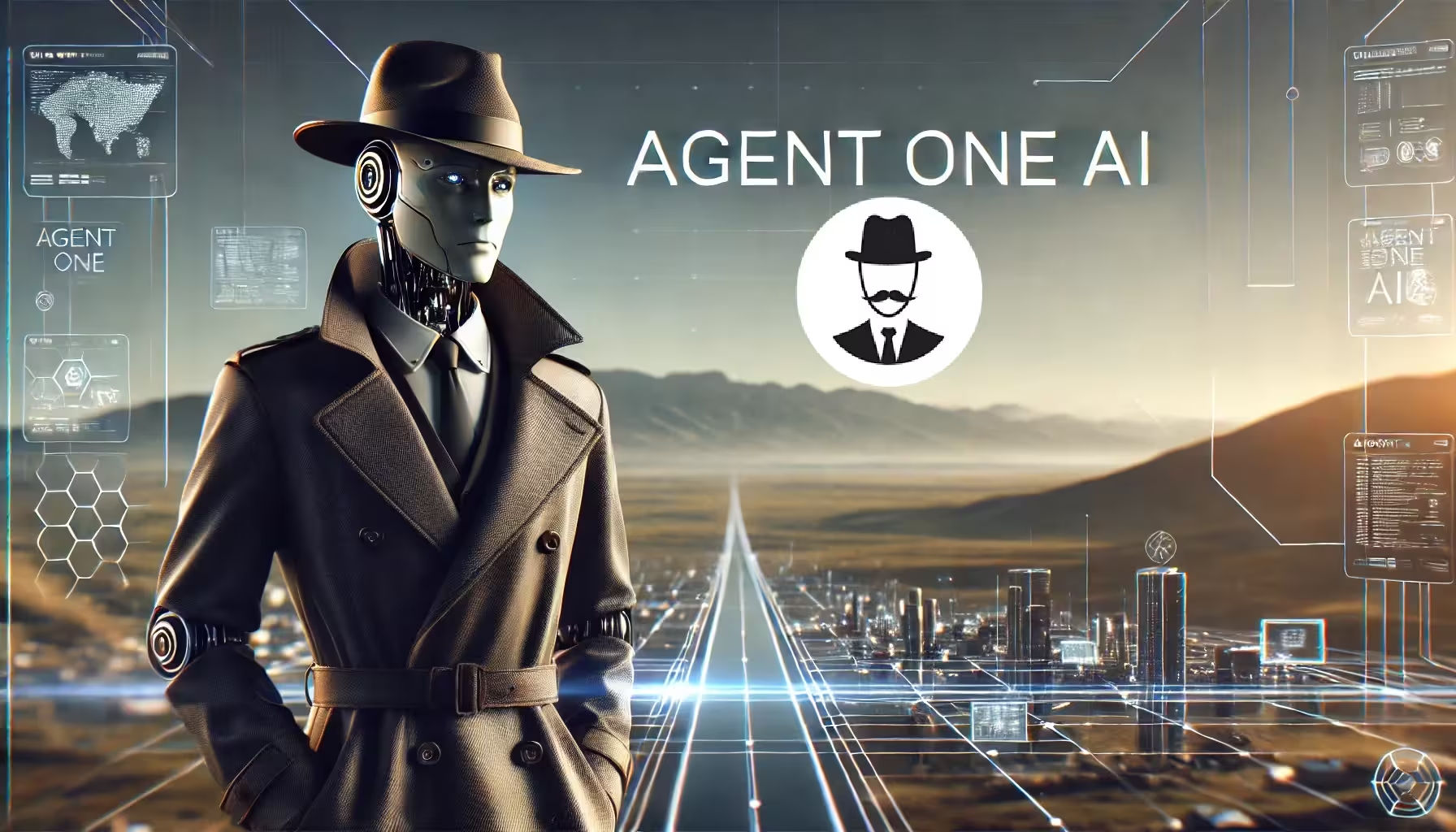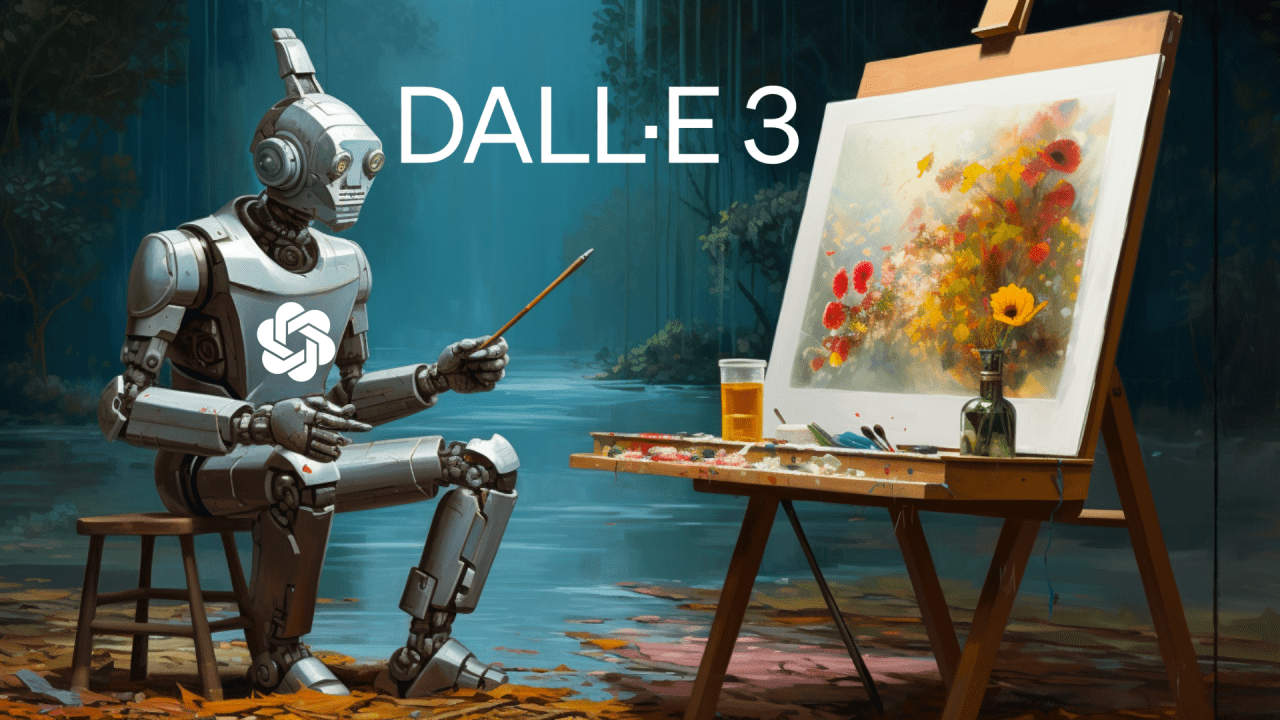🚫💻⚙️ No-Code
No-code development is an approach to constructing software applications where one does not need to write traditional code. No-code platforms depend more on visual tools and prebuilt elements that you can arrange, modify, and customize to create applications, websites, and even complex workflows, rather than the programming languages themselves, such as Java, Python, or C++. In other words, no-code platforms make software development increasingly accessible for people who have no technical coding skills to build functional tools in support of their personal or business use.
At the core, no-code simplifies software creation with drag-and-drop interfaces, templates, and workflows. These work together to manage much of the heavy lifting with regard to coding and logic behind the scenes and leave you with a user-friendly experience that focuses more on design and functionality than technical details. In other words, you focus on what you want to create, not how you’ll have to write code to make it work.
The Emergence of No-Code Platforms
No-code platforms have gained wide popularity, and for good reason: throughout the years, businesses and individuals have been reliant on developers and IT departments to bring their projects into the digital world. More often than not, this translated into long timelines, high costs, and probable misunderstanding between technical teams and non-technical stakeholders. No-code platforms try to resolve these issues by putting the power back into the hands of those business people who understand the needs and goals, even without programming expertise.
Webflow, Bubble, and Adalo-inside forge a path to make it easier to develop websites, mobile apps, and other digital tools from scratch. Equipped with a set of templates, design elements, and integrations, these can be tailored to your needs. You will be able to build a fully functional e-commerce website, an internal business dashboard, or even a CRM system-all without writing code.
Challenges of No-Code Platforms
While no-code offers a range of benefits, it’s not without its limitations. No-code platforms are great for building simpler applications and websites, but they may fall short when it comes to more complex or highly customized projects. If your project requires very specific features or deep integration with legacy systems, no-code may not offer the flexibility or control you need. In such cases, low-code or traditional coding may still be necessary.
Another challenge is scalability. No-code platforms are fantastic for small to medium-sized projects, but as your business grows, the limitations of no-code may become apparent. Customizing your application beyond the platform’s capabilities might require transitioning to more traditional development methods, which can involve hiring developers or migrating to a different system.
Our Recommendations for No-Code Tools
If you’re looking to get started with no-code, several platforms cater to different needs. Webflow is perfect for building websites with advanced design options. Bubble is a favorite for creating web applications, while Adalo specializes in mobile app development. Each of these platforms has a range of tutorials, templates, and support to help you get started without needing to write code.
Ultimately, no-code is transforming how we think about software development, putting the power of creation into your hands. Whether you’re building your first website or a fully functional app, no-code platforms allow you to focus on your vision and bring it to life without being limited by coding skills.
-
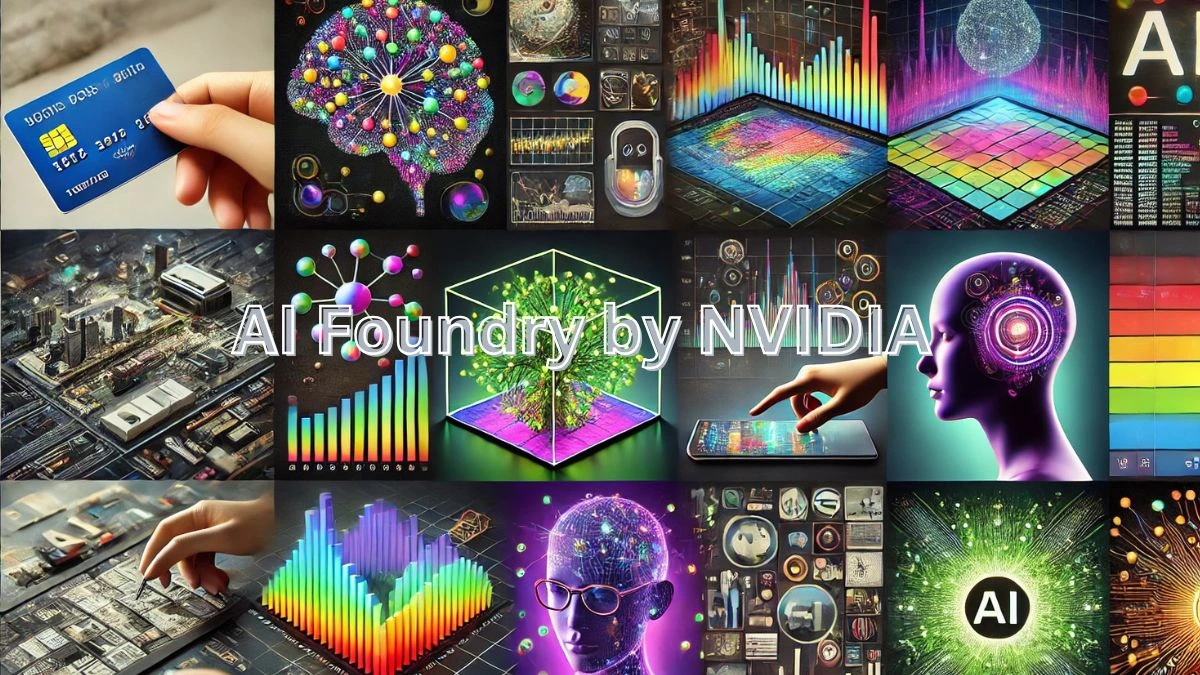
AI Foundry by Nvidia
Open Nvidia’s AI Foundry, your toolkit for building tailored AI models across diverse industries.
-
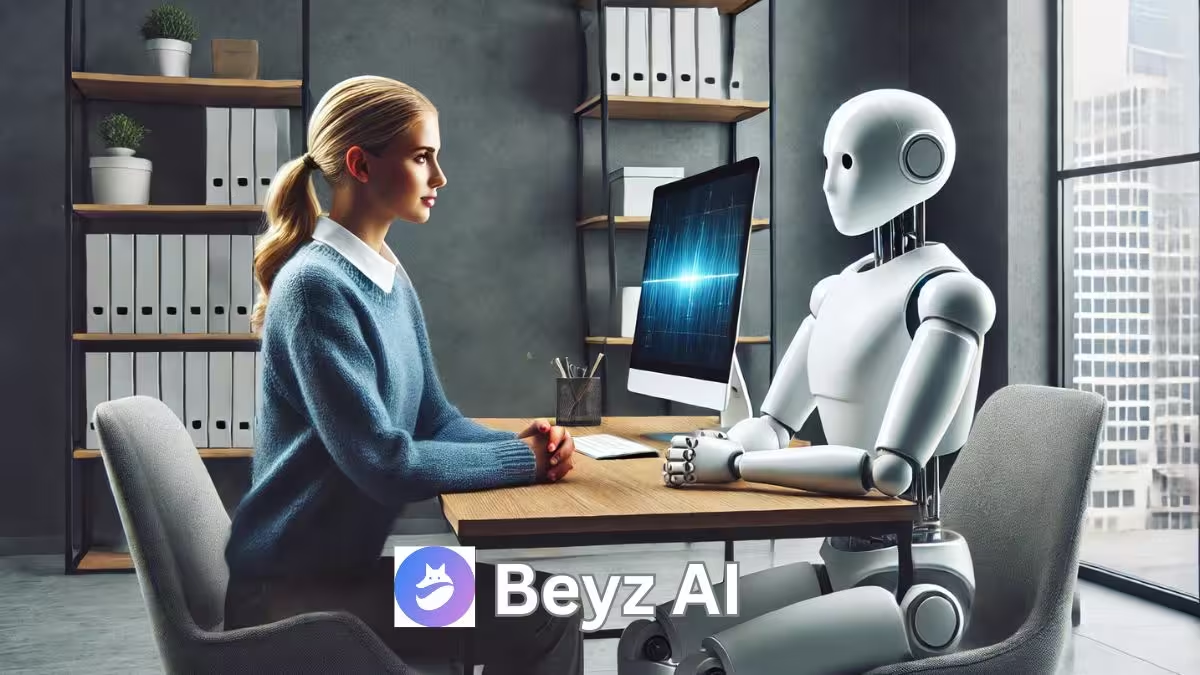
Beyz AI
Beyz AI helps you tackle interviews with real-time answers and feedback, making prep smarter and stress-free.
-

Windsurf Editor by Codeium
Windsurf Editor is the AI-powered IDE for faster, smarter coding on Mac, Windows, and Linux.
-

InVideo AI
Simplify your process of video creation with Invideo AI, where text-based prompts get converted into high-quality videos. Ideal for marketers, educators, and personal projects.
-
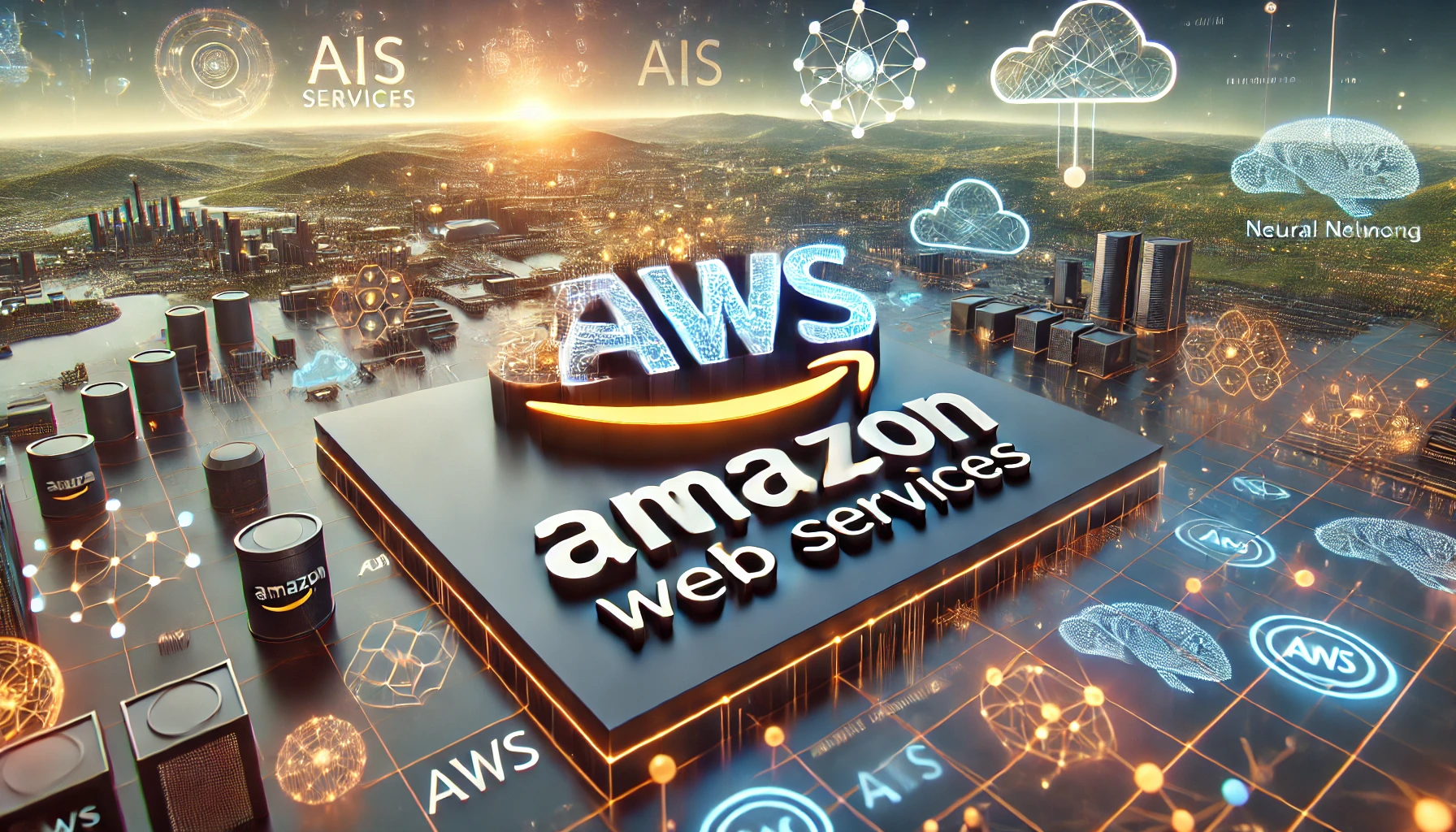
Amazon Web Services (AWS)
Amazon Web Services (AWS) is one of the tech giants, the one with the largest cloud market share providing solutions including EC2, S3, RDS, and more to drive innovation and scalability
-
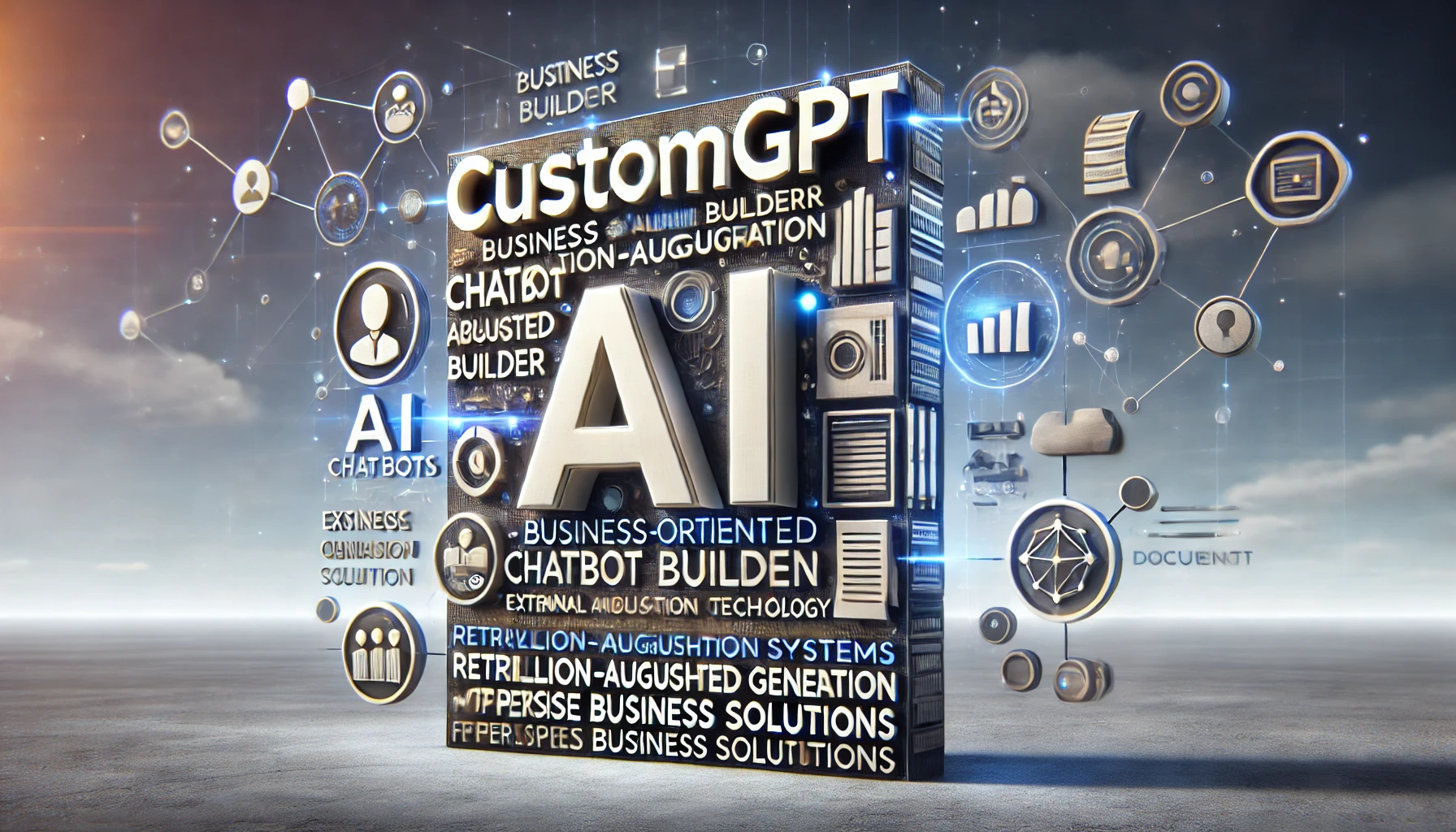
CustomGPT AI
With CustomGPT, businesses more intuitively use their data to create custom chatbots for themselves. You can upload documents, sitemaps, or videos in the blink of an eye with support for 1,400+ file types in 92 languages to finally train the chatbot. After that is set up, place this chatbot on your website or use it via live chat to deliver responses to customers and employees that are both preciser and brand-consistent. No coding is required, and API integration caters to all your advanced needs in managing seamless workflows.
-
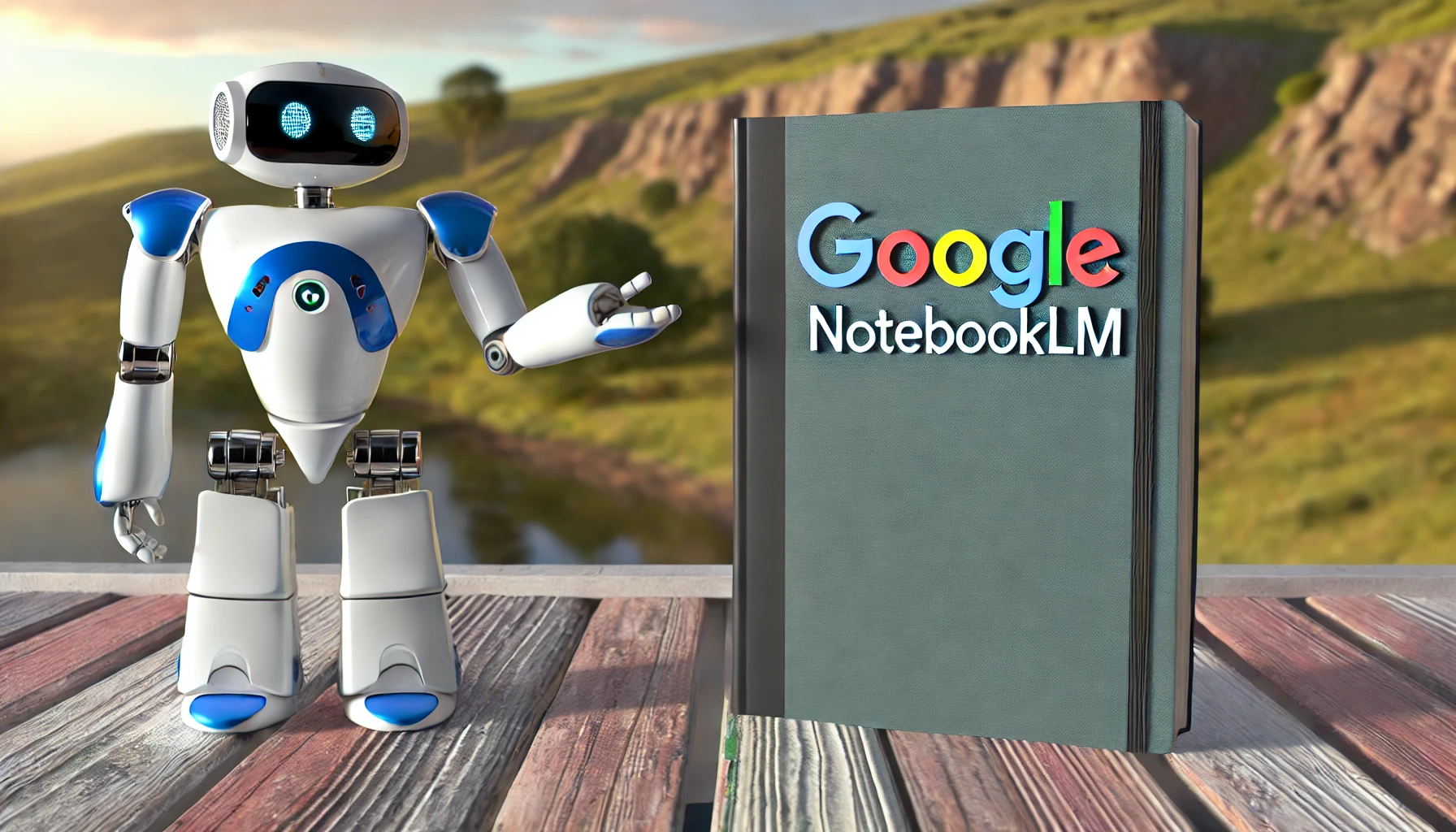
NotebookLM
Google’s NotebookLM is a powerful AI-driven notebook online tool designed to enhance the way you interact with your document. It is supposed to revolutionize the way one will interact with the documents-be it as a student, researcher, or even creator of content.
-

AI Detector Writer
AI Detector Writer is one kind of special tool designed to verify content authenticity. It quickly checks the content for human-generated or AI-generated material and generates a verdict.
-
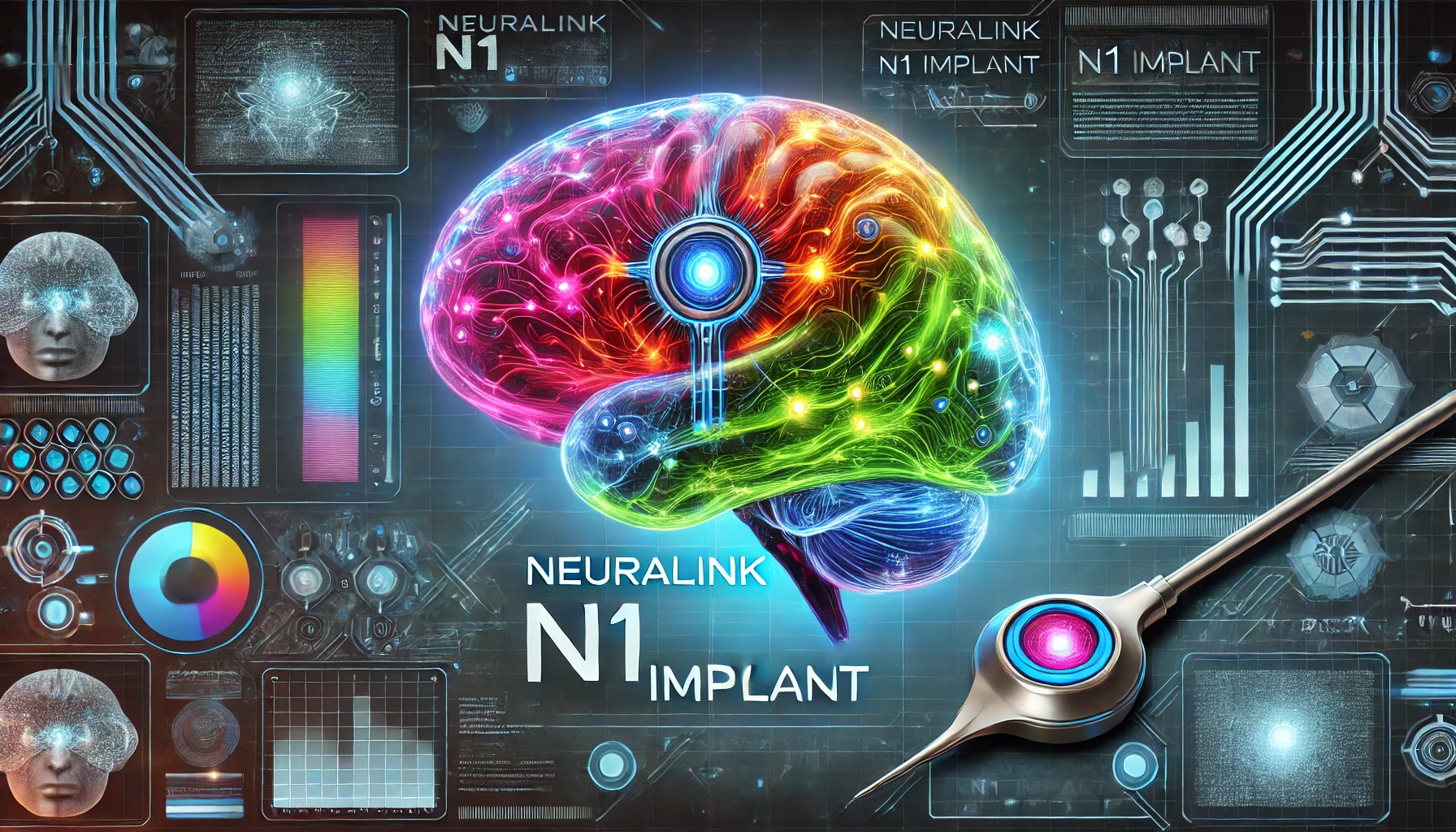
NeuraLink N1 Implant
Neuralink N1 Implant is creating brain-computer interfaces to enable paralyzed people to do things themselves independently. Take a closer look at how this revolutionary implant works, its advantages, and possible future uses in restoring sight and curing neurological disorders.
-
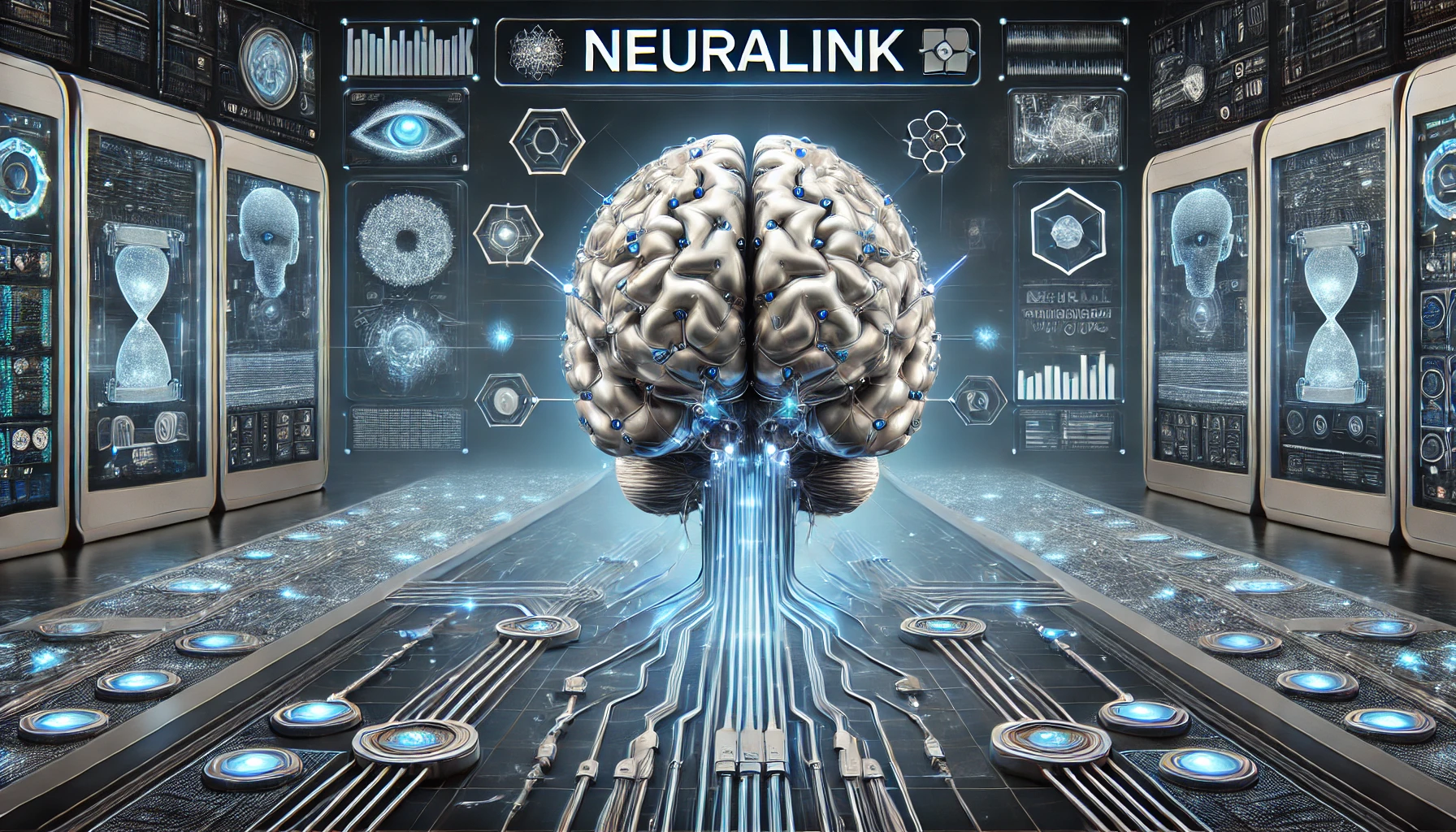
NeuraLink
Neuralink is a neurotechnology company founded by Elon Musk and a group of engineers back in 2016.
-
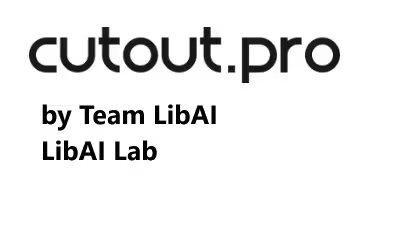
CutOut Pro
Cutout. Professional represents an AI-powered online service supported by a suite of visual editing tools that are helping to make photo and video editing faster and more efficient.
-
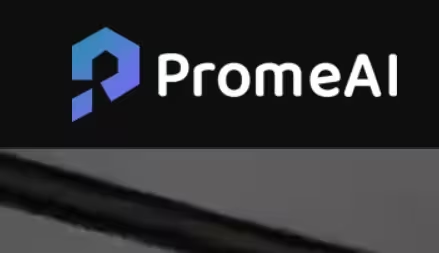
PromeAI Pro
PromeAI is an AI-powered image generation platform designed to bring your creative ideas to life effortlessly. Whether you’re an architect, designer, or content creator, this platform offers a wide range of tools to cater to different creative needs. Established by the LibAI Lab, PromeAI focuses on making AI accessible and beneficial for everyone through its innovative technology.
-
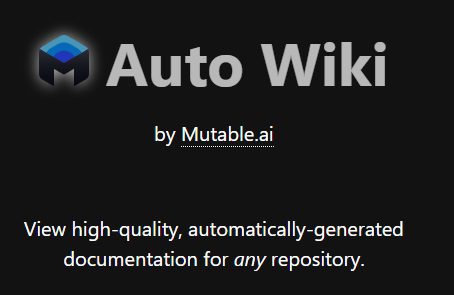
Auto Wiki by Mutable AI
Auto Wiki by Mutable AI automates the creation of Wikipedia-style documentation for codebases, ensuring detailed and up-to-date information with minimal effort.
-
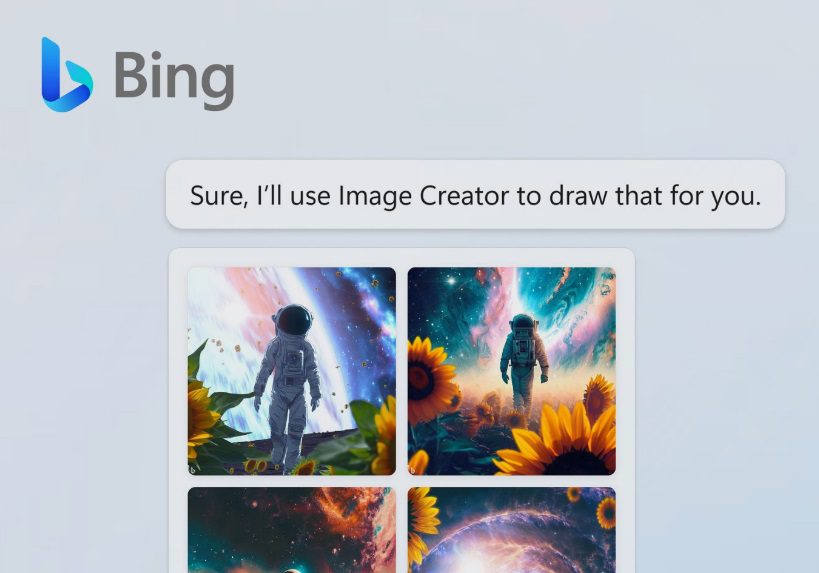
Bing AI Image Generator
Bing’s Image creator is an online AI tool for generating images, known as the Bing Image Creator, or simply Image Creator from within Copilot Designer, is a fascinating tool that’s garnering attention for its ability to turn textual descriptions into visual artwork.
-
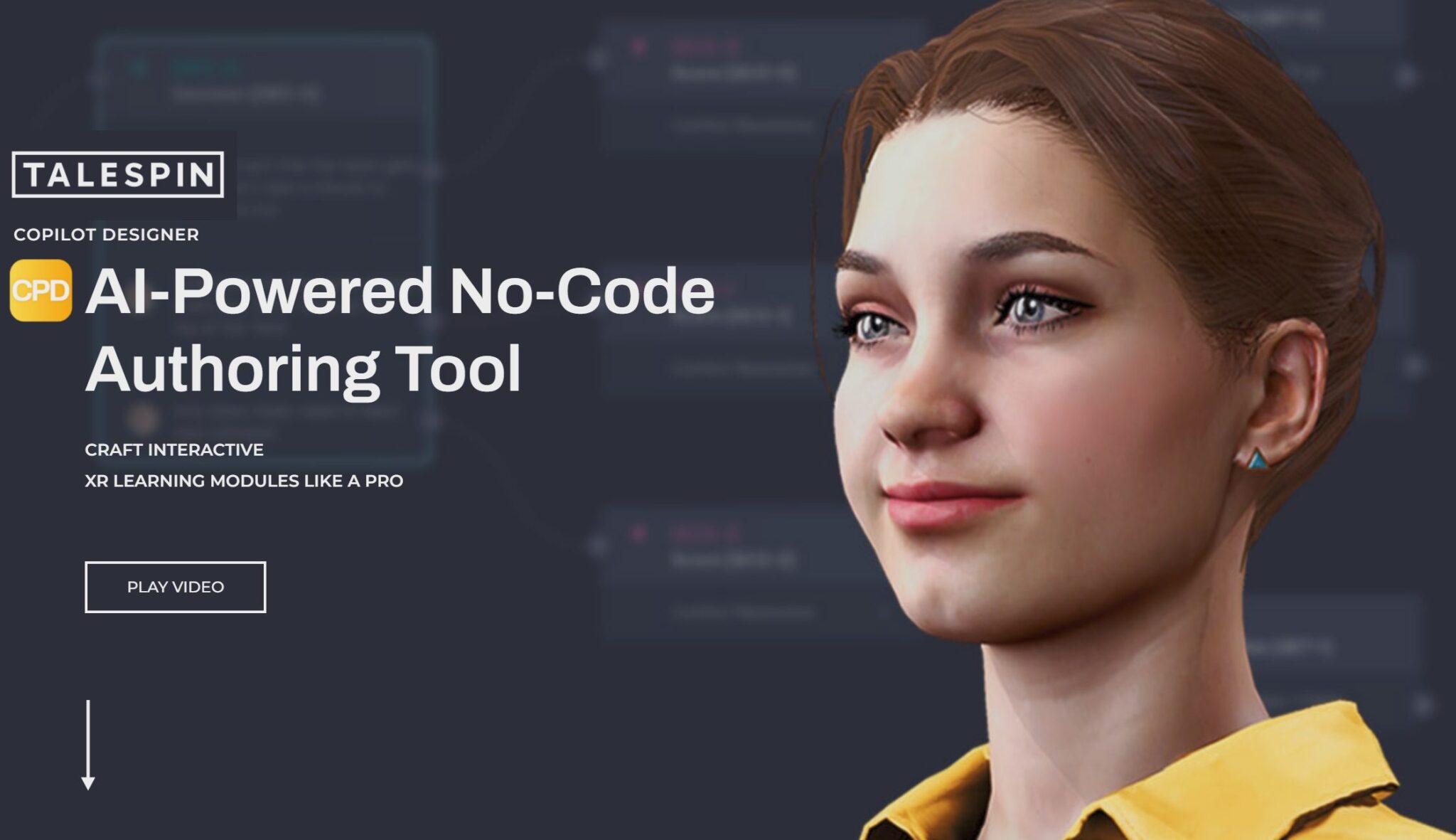
Talespin CoPilot Designer
Explore the innovative Talespin CoPilot Designer, an AI-powered, no-code VR/XR content authoring tool that revolutionizes immersive learning and soft skills training. Discover its ease of use, efficiency, and comprehensive analytics for effective skills development.

